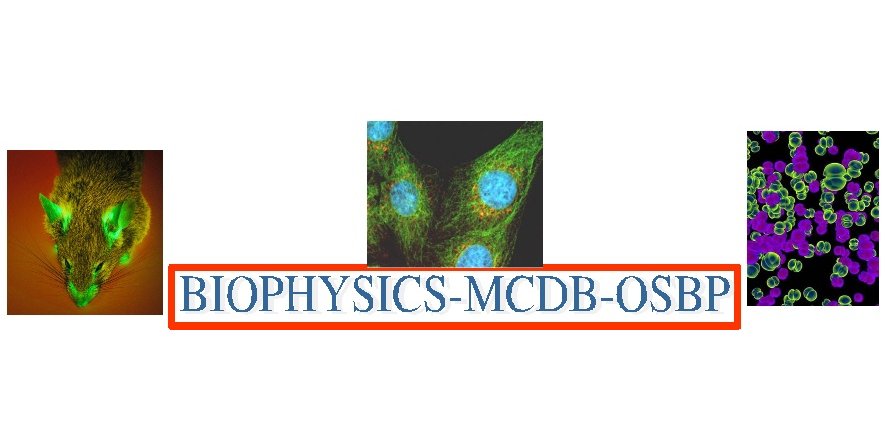Interdisciplinary Graduate Programs Symposium

2010 OSU Molecular Life Sciences
Interdisciplinary Graduate Programs Symposium

Talk abstracts
Abstract:
Selective catalytic oxidative cleavage of a truncated version of the structured Rev response element (RRE) of HIV-1 mRNA is demonstrated for a class of Arg-rich peptides that bind to the RRE with nanomolar affinity and include an N-terminal copper binding ATCUN (Amino Terminal Cu/Ni) motif. RRE binding, reactivity and selectivity characteristics of several Cu-ATCUN metallopeptides were evaluated for variations in the RNA targeting and catalytic metal-binding domains. RRE-binding, tRNA competition, and steady-state kinetics studies confirm the expected correlations between RRE-peptide affinity, RRE turnover rate, and selectivity. Reaction kinetics were studied as a function of coreactant concentration, covering a range of physiologically-relevant single electron redox conditions. Enhanced activity was observed in the presence of both ascorbate and H2O2. Results point toward a mechanism in which the Cu-ATCUN complex undergoes Fenton chemistry with H2O2, followed by re-reduction by ascorbate, allowing multiple redox cycles to occur. RNA backbone scission appears to be mediated by reactive oxygen species (ROS) formed at the copper center, with reaction occurring in close proximity to the catalyst. Cu-ATCUN-Rev complexes and other derivatives show excellent potential for development as a novel class of HIV therapeutic compounds.
Keywords: Human Immunodeficiency Virus, multiple turnover, mRNA